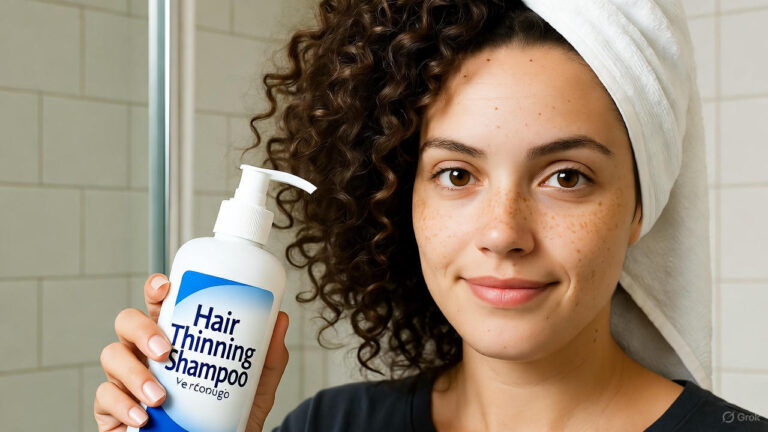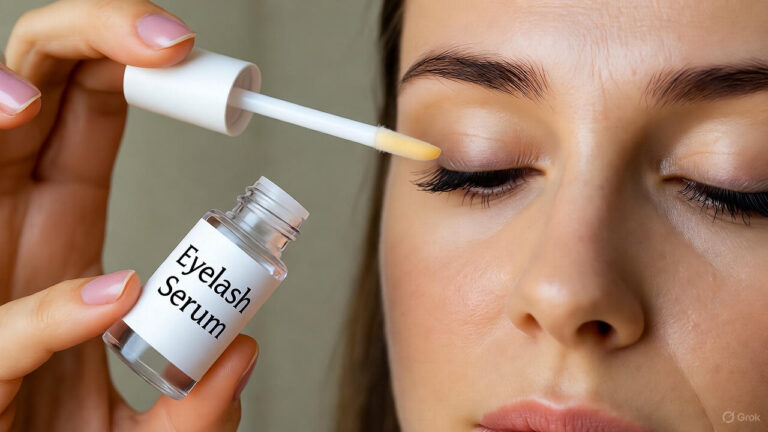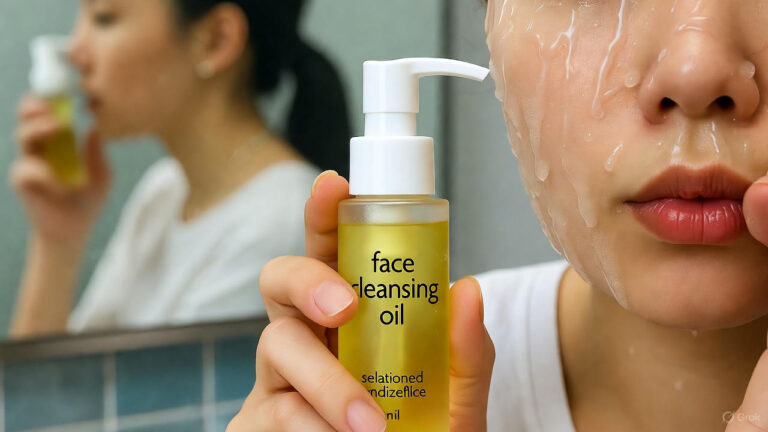Beauty has long been intertwined with notions of power, influence, and social status. Throughout history, beauty standards and practices have played a significant role in shaping cultural norms and societal perceptions.
However, beyond its superficial connotations, beauty has also served as a powerful tool for empowerment, particularly in the context of historical movements for social change.
From the suffragette movement of the late 19th and early 20th centuries to the civil rights era of the 1960s, beauty has been a source of strength and resilience for marginalized communities seeking equality and justice.
In this article, we will explore the multifaceted role of beauty in historical empowerment movements, examining how beauty standards and practices have been used to challenge social norms, assert identity, and foster solidarity among diverse groups.
Beauty as a Form of Resistance
Throughout history, marginalized communities have used beauty as a form of resistance against oppressive systems and discriminatory practices.
During the suffragette movement, for example, women challenged traditional beauty standards by eschewing restrictive corsets and adopting more practical clothing styles that allowed for greater mobility and autonomy.
By rejecting the conventions of femininity imposed by society, suffragettes asserted their right to self-determination and challenged the notion that women’s worth was defined solely by their appearance.
Similarly, during the civil rights era, African American women embraced natural hairstyles like Afros and braids as a form of cultural and political expression.
By wearing their hair in its natural state, black women rejected Eurocentric beauty standards that equated straight hair with beauty and professionalism. Instead, they celebrated their natural textures and affirmed their identity as proud members of the African diaspora.
Beauty as a Tool for Solidarity
In addition to serving as a form of resistance, beauty has also been a powerful tool for fostering solidarity and unity among marginalized communities. During times of social upheaval and political unrest, shared beauty practices and rituals have served as a unifying force, bringing people together and reinforcing their sense of collective identity.
For example, during the Harlem Renaissance of the 1920s and 1930s, beauty salons and barbershops served as gathering places for African Americans to socialize, exchange ideas, and celebrate their cultural heritage.
These spaces became hubs of creativity and activism, where writers, artists, and activists congregated to discuss pressing issues and advocate for social change.
Similarly, during the LGBTQ+ rights movement of the late 20th century, beauty played a central role in fostering a sense of community and belonging among queer individuals.
Drag culture, in particular, come outd as a form of artistic expression and resistance, with performers using makeup, costumes, and elaborate hairstyles to challenge gender norms and celebrate queer identity.
Through their flamboyant and fearless performances, drag queens and kings reclaimed their power and visibility in a society that often marginalized and silenced them.
Beauty as a Platform for Advocacy
Throughout history, beauty has also served as a platform for advocacy and social activism, providing individuals with a means to amplify their voices and advocate for change.
From beauty pageants to fashion shows, beauty has been used as a vehicle for raising awareness about pressing social issues and promoting inclusivity and diversity.
For example, in the early 20th century, beauty pageants like the Miss America contest became battlegrounds for feminist activists seeking to challenge sexist stereotypes and promote women’s rights.
In 1968, feminist protesters famously disrupted the Miss America pageant, denouncing it as a symbol of patriarchal oppression and objectification.
The protest sparked a national conversation about beauty standards and women’s liberation, ultimately leading to changes in the pageant’s format and criteria.
Similarly, in recent years, the beauty industry has witnessed a growing demand for products and brands that prioritize diversity and representation.
Consumers are increasingly seeking out cosmetics companies that offer inclusive shade ranges, cater to a diverse range of skin tones, and feature models of all ages, sizes, and backgrounds in their advertising campaigns.
By supporting these brands and advocating for greater diversity in the beauty industry, consumers drive positive change and challenge traditional notions of beauty and attractiveness.
Beauty as a Source of Empowerment
At its core, beauty has always been about more than just physical appearance; it’s about self-expression, confidence, and empowerment.
Throughout history, individuals have used beauty as a means of asserting their identity, reclaiming their agency, and challenging societal norms and expectations.
Whether it’s through bold fashion choices, natural hairstyles, or elaborate makeup looks, beauty has the power to transform not only our outward appearance but also our inner sense of self-worth and dignity.
In a world that often seeks to marginalize and diminish certain groups based on their appearance, embracing our unique beauty becomes an act of defiance and resilience.
Conclusion
The history of beauty is deeply intertwined with the history of social change and empowerment. From the suffragette movement to the civil rights era and beyond, beauty has served as a powerful tool for challenging oppression, fostering solidarity, and advocating for equality and justice. By embracing their unique beauty and rejecting oppressive beauty standards, marginalized communities have asserted their identity, reclaimed their agency, and paved the way for a more inclusive and equitable society.
FAQs
Q1: How did beauty standards differ between different historical empowerment movements?
Beauty standards varied widely between different historical empowerment movements, reflecting the unique cultural, social, and political contexts of each era. For example, while suffragettes challenged traditional notions of femininity by rejecting corsets and restrictive clothing, African American women during the civil rights era embraced natural hairstyles as a form of cultural expression and resistance against Eurocentric beauty standards.
Q2: How did beauty practices contribute to solidarity among marginalized communities?
Beauty practices such as visiting beauty salons and barbershops served as important gathering places for marginalized communities to socialize, exchange ideas, and celebrate their cultural heritage. These spaces became hubs of creativity and activism, where individuals could come together to discuss pressing issues and advocate for social change.
Q3: How has the beauty industry advanced in terms of diversity and inclusivity?
In recent years, there has been a growing demand for diversity and inclusivity within the beauty industry, with consumers advocating for products and brands that cater to a diverse range of skin tones, ages, sizes, and backgrounds. Many cosmetics companies have responded by expanding their shade ranges, featuring diverse models in their advertising campaigns, and promoting messages of inclusivity and empowerment.
Q4: How can individuals use beauty as a form of activism?
Individuals can use beauty as a form of activism by supporting brands and products that prioritize diversity and representation, challenging oppressive beauty standards, and using their platforms to raise awareness about pressing social issues. Whether it’s through their fashion choices, hairstyle preferences, or makeup looks, individuals can use beauty as a powerful tool for advocacy and social change.
Q5: What role does self-confidence play in empowerment through beauty?
Self-confidence plays a crucial role in empowerment through beauty, as it allows individuals to embrace their unique features and express themselves authentically. By cultivating self-confidence and embracing their inherent beauty, individuals can challenge societal norms and expectations, reclaim their agency, and assert their identity with pride and dignity.



